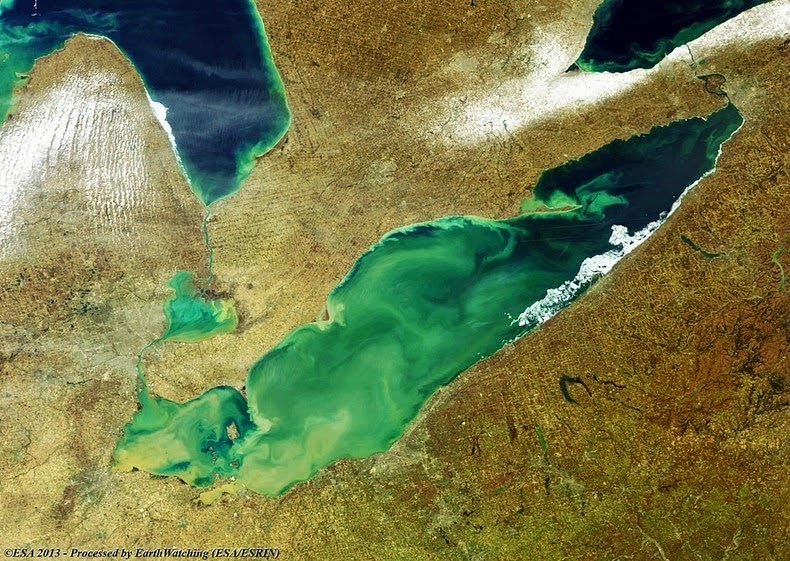Glass Beach is situated near Fort
Bragg in Northern California used to be the place where locals’ inhabitants
brought all forms of their trash from their old cars to their kitchen leftovers
to a dump located on the beach starting in 1949. In 1960’2 the officials starts
to regulate what was dumped on the beach, first setting a full stop to toxins
and later on for everything when the North coast Water Quality Board moved the
official dump to a different location in 1967. Fort Bragg peoples referred to
it as "The Dumps." Fires were lit to reduce the size of the trash
pile.
After 50 years of time, the remnants are still very clear on
the beach and much of the glass that was left on the beach front during its
dirty decades has not gone far, and thrashing waves have softened and polished
the broken pieces. Several cleanup programs were undertaken through the years to rectify
the damage. But over the next several decades the pounding waves cleaned the
beach, by breaking down everything however glass and pottery and tumbling those
into the small, smooth, colored pieces that Cover Glass Beach.Currently beach is well covered
with stone size pieces of sea glass coloring the seascape and adding a tourist
element to the natural beauty of the spot. Glass Beach is part of the
MacKerricher State Park and adding another side to its history.
Glass Beach is the only area of
the California Park System to have been at one point in time a part of the
Mendocino Indian Reservation. Therefore; due to its historic significance, the
beach is maintained by the parks department which does its best to preserve the
natural, and not-so-natural, beauty of Glass Beach. Glass beach has become popular within
tourist and now frequently visited by tourists. But collecting is not allowed
on the park's beach, though sea glass can be found on other local beaches outside
the park boundary. A Glass Festival is held annually on Memorial Day weekend.
Therefore; a huge numbers of tourists visit Fort Bragg's glass beaches every
day in the summer. Most of them collect the some glass and because of wave
action is constantly grinding down the glass, the glass is slowly diminishing.
There is currently a move to replenish the beaches with discarded glass. It is
a great place to visit especially in summer days.






























